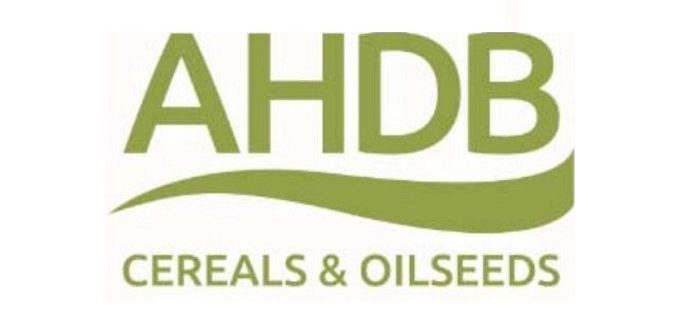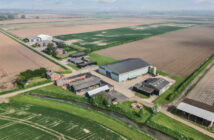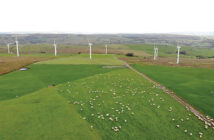Initial egg count results from the AHDB autumn wheat bulb fly (WBF) survey suggest it is likely to be another relatively low-risk year for the pest.
Conducted by ADAS, the survey involves taking soil samples in September from 30 fields prone to WBF attack (split equally across sites located in the East and North of England) and calculating the number of wheat bulb fly eggs per square metre.
A report on the integrated pest management (IPM) of WBF has also been issued by AHDB.
Wheat bulb fly survey
To date, results have been analysed from 14 sites – ten located in the East of England and four located in the North of England.
Egg counts at five of these sites (two in the East and three in the North) exceeded the 100/m2 seed treatment threshold, which applies to late-sown (November to December) winter wheat crops.
Early sown crops (before November) are unlikely to benefit from seed treatment, as they have more time to tiller and are better able to withstand WBF attack. Seed treatments also lack persistence to protect such crops. For late-winter/spring-sown crops (January to March), seed treatments should be considered, if eggs are present.
Although egg numbers are higher than 2017, the overall picture is of relatively low risk. Only one site had significantly more than 100 eggs/m2 – a potato site in Cambridgeshire (322 eggs/m2).
Integrated pest management
AHDB has also published a final report that looked at the IPM of this pest. WBF lays eggs in bare ground during the summer. Larvae hatch during winter, enter plants and kill shoots. The potential yield loss depends on the shoot population in winter, the size of pest population and how much damage an individual larva can cause. The research looked to quantify the relative importance of each one of these factors.
Information on WBF incidence (from the autumn survey), egg viability, the maximum shoot number the crop could achieve by late winter and the number of shoots that a single WBF larva could destroy was used by the researchers.
Modelling work showed that variation in the maximum shoot number had a large effect on the chance of yield loss, because crops that produced excess shoots were able to sacrifice them to the pest without affecting yield.
Five winter wheat field experiments, which used combinations of sowing date, seed rate, variety and insecticide treatments, conducted across two growing seasons (2015/16 and 2016/17), were used to test a shoot production model and threshold scheme.
The shoot production model performed reasonably well. Crops sown early and at high seed rates produced more shoots. The model, however, was not able to deal with site-specific factors that limited tillering (e.g. soil capping).
WBF pressure was low during the experiment years and the threshold scheme (based on shoot production) was not able to be tested thoroughly.
The low pest pressure also made it difficult to test whether WBF prevalence can be reliably estimated through counts of adult flies caught in water traps.
Charlotte Rowley, who manages pest research at AHDB, said: “Counting adults in water traps, before eggs are laid during the summer, would remove the need for laborious, slow and more costly egg counts from soil samples.”
The research also improved understanding of the relationship between WBF egg numbers in the soil in the summer and the number of shoots killed in the winter.
Charlotte said: “Not all eggs turn into plant-infesting larvae. For example, we now know that at least half of larvae die between egg hatch and plant invasion. We also know that each larva that gets into a wheat plant typically destroys four shoots. This project has vastly improved our understanding of this pest and the risk it poses to crops.”
AHDB is looking at the latest findings in detail and plans to update guidance next year.
Survey results, the report and threshold information can be accessed via the dedicated AHDB web page: ahdb.org.uk/knowledge-library/wheat-bulb-fly
AHDB is also asking people to guide investment in pest monitoring services over the next five years by completing a short survey. The survey, which closes on 30 November 2018, can be accessed via cereals.ahdb.org.uk/pestsurvey




